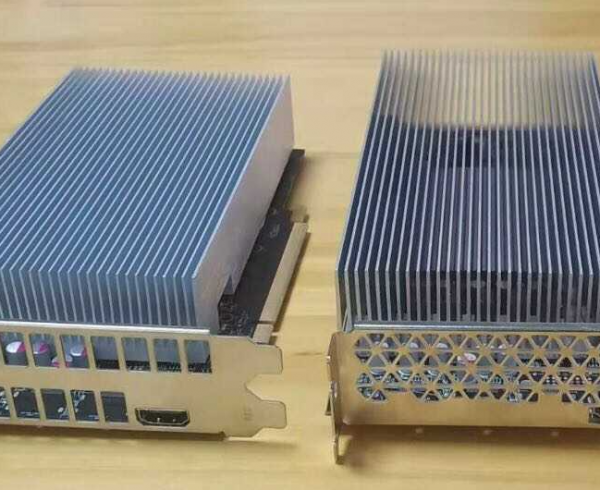In theory, you can get to the nub of Bitcoin mining with a piece of paper and a pencil.
Appreciating things have moved on a little since it was posted, this 2014 article at Gizmodo https://gizmodo.com/mining-bitcoin-with-pencil-and-paper-1640353309 not only looks at the mathematics behind mining Bitcoin, but how to sit there and puzzle things out the long way. It’s a very long way round, but a lot of maths, some quality stationery and no shortage of coffee can set you on your way.
As much as that’s useful to know in terms of looking under Bitcoin’s metaphorical bonnet, far more preferable are the hardware options for mining cryptocurrencies. In theory, any computer out there can do it, but given the complexity of the work involved, you’re only really going to get a return if you’ve got some decent hardware that can do the heavy lifting. Which has tended to lead to two choices.
The first choice is to use GPU mining. The GPUs of graphics cards have been a popular option given their universality when it comes to which coins to mine, and the raw power they offer for number crunching in comparison with CPUs. But the flipside of being able to work with any cryptocurrency is that a GPU isn’t optimised for a particular coin’s algorithm. This makes them power hungry compared with the specialist option – the ASICs.
The second choice is to use an ASIC solution, ASIC standing for application-specific integrated circuit.
ASIC mining rigs are specific tools for specific jobs, with companies such as Bitmain with its Antminer range of products being arguably the highest profile. A GPU was originally designed for displaying visuals, and in the case of the GPUs used in more general crypto mining operations, for coping with the high-end graphics of videogames. An ASIC mining setup has been purely designed for cryptocurrency mining. Whilst that approach comes with one or two drawbacks, there are bountiful advantages of having a specific tool for a specific job.
The chips and design of an individual ASIC set-up are tooled particularly for mining one particular cryptocurrency, with Bitcoin tending to be the most popular (in large part down to its value and a market cap that’s five or six times bigger than anyone else’s, but also down to the helpful working of its algorithm). The inevitable downside is that should a coin fork, and its algorithm alter, a specific ASIC’s day is done.
However, there’s a reason that dedicated miners far prefer ASIC systems, and that’s that they are incredibly efficient at what they do and mine coins a lot faster. Taking Bitcoin as an example, it’s by far the most traded cryptocurrency, and the maturity of its market means that mining coins has become more complex, and more competitive. It’s a big company game, really, with specific mining companies invested in large number of ASIC solutions, tending to site them in areas where the cost of power is lower. One person trying to mine coins on a laptop has almost no chance of competing against them.
It’s worth noting too that ASIC setups are less power-hungry than a row of GPUs, so less environmentally impactful.
Hobbyist miners, nonetheless, can still squeeze into the market. CudoMiner, for instance, is a piece of software that’s designed to allow newcomers as well as pros to mine coins from their machines. And it’s a good way to dip your toes into the water. The big advantage is its support for altcoins, the smaller cryptocurrencies that large-scale miners will be less interested in. But for a smaller setup, there’s coins to be mined, even working for a straightforward day-to-day PC.










Leave a Comment